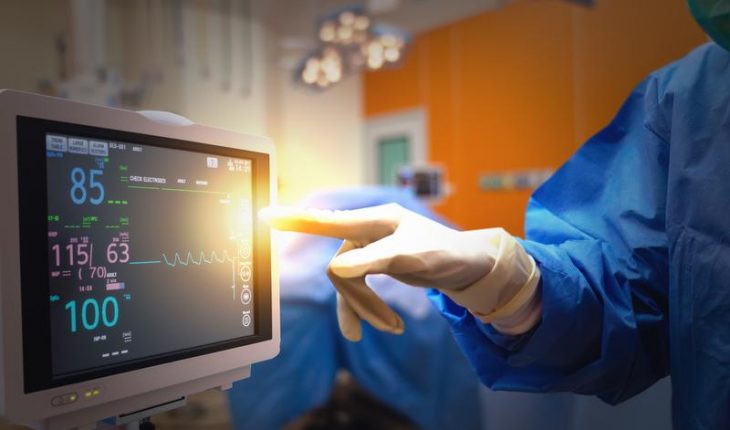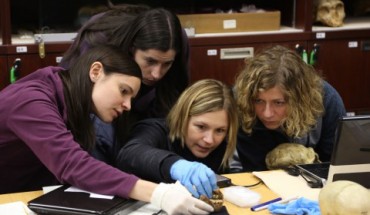Advancements in medical technology have revolutionized healthcare. In the 100 years since the Industrial Revolution, entire diseases have been nearly eradicated. New treatments for injuries mean that what were once debilitating injuries are now treatable in many cases. Here are a few of the common injuries that medical technology has focused on treating and the progress that we’ve made.
Head and Brain Injuries
A bump on the head, even a minor one, can potentially cause nasty symptoms, ranging from less serious ones, such as headache or dizziness, to the more severe cases of coma and brain damage. Traumatic brain injury, or TBI, can occur following car accidents or sports injuries. Some of the most challenging aspects of treating head and brain injuries historically were the limited understanding of how the brain worked and the inability to image the brain to see what was going on properly. Advancements in medical technology have increased TBI diagnoses, which is beneficial to those who have head injuries.
Spinal Cord Injuries
Damage to the spinal cord can be devastating. At other times, a severe spinal cord injury meant a drastically diminished quality of life. In the United States today, as reported by the National Spinal Cord Injury Association, more than 400,000 Americans battle spinal cord injuries. Spinal cord injuries were previously only diagnosable using the relatively primitive technology of X-rays, which showed limited data. Now, however, CT or MRI scans of the spinal cord shed much more light on the extent and type of damage.
Sports Injuries
While some sports injuries, like twisted ankles, are usually straightforward in terms of diagnosis and treatment, others, like damage to the ACL ligament in the knee, often end professional players’ careers and cause long-term suffering for the everyday person who experiences this injury. Technology, however, has greatly improved the prospects for recovery. Modern imaging helps doctors diagnose the exact nature of the injury, and then the real work of rehabilitation begins. Advances in ACL injury treatment occur nearly every day. For example, a new technique called all-epiphyseal reconstruction, for the treatment of children with an ACL injury, has replaced conventional reconstruction as the best option for children because this type of treatment does not interfere with growth plates that are critical for developing bones.
These are just a few of the common injuries that technology has revolutionized treatment for. As technological capability continues to skyrocket, we can expect even more amazing development in the future.




